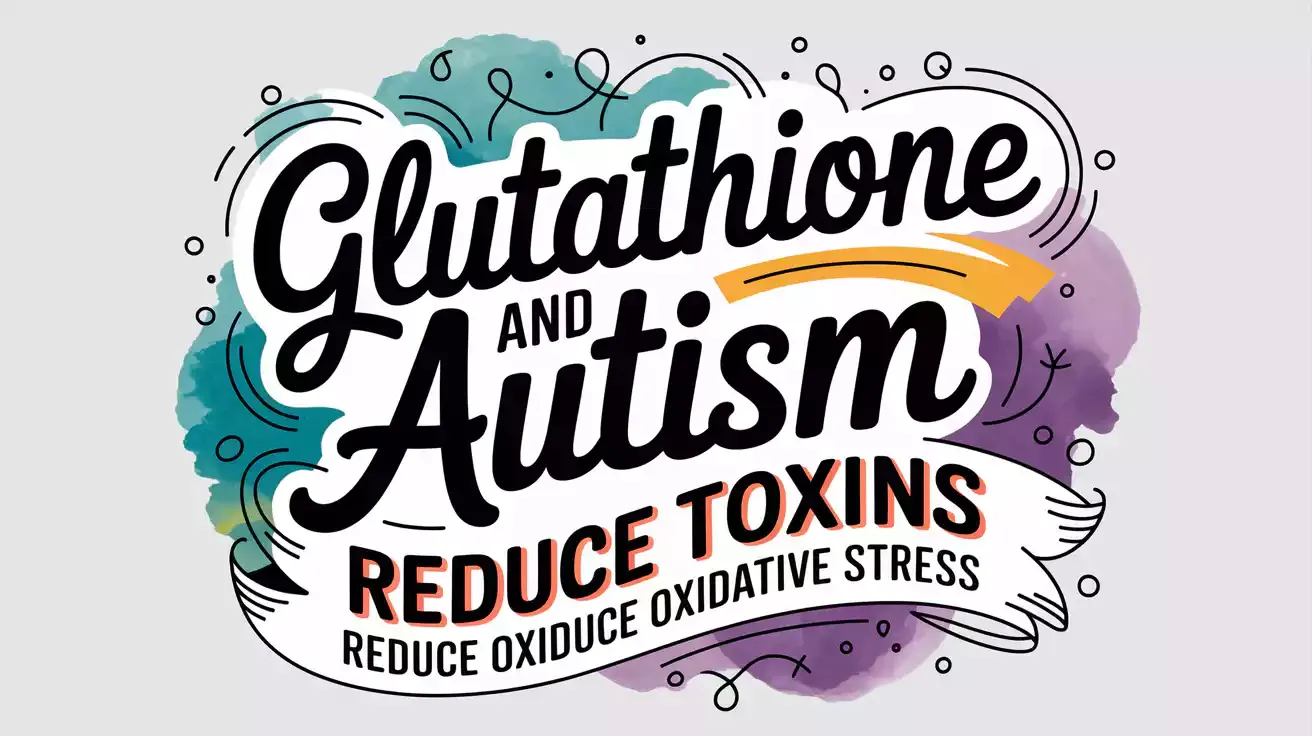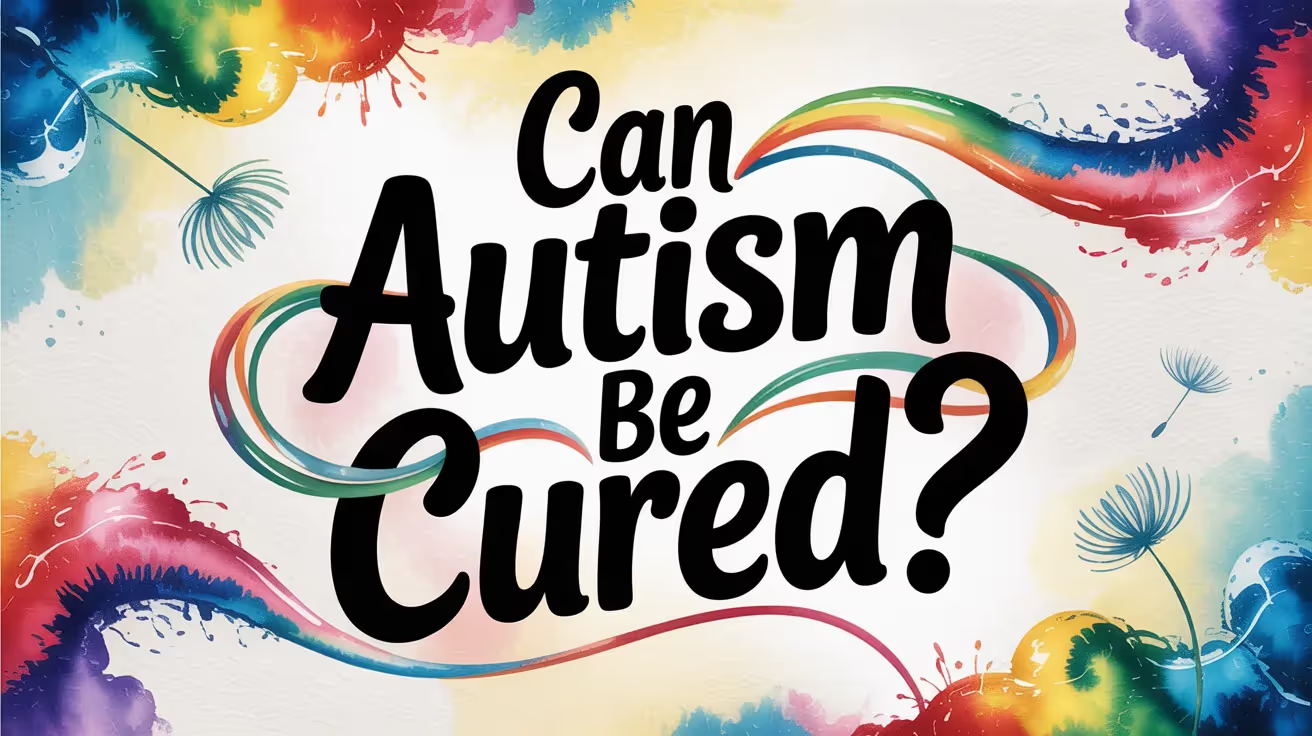What Is Toe Walking?
Watching your child take their first steps is a milestone moment for any parent. However, when your child doesn't develop a more normal gait, should you seek help?
Toe walking is when a child walks on the balls of their feet rather than with a normal heel-to-toe gait.
While it's common in toddlers, some kids continue to toe walk past age two, causing concern for parents. But don't worry! We'll dive into what causes toe walking and how you can address it with a good health professional.
Is Toe Walking A Sign Of Autism?
The short answer is maybe. The link between toe walking and autism is not settled. We are still exploring it. However, there are some things doctors, scientists, and parents know.
Here's the way I look at it. If your toddler walks on their tippy toes for longer than is normal, seek some help. Helping your child with their toe walking will help their overall development. This may help avoid an Autism Spectrum Disorder (ASD) diagnosis. Or, it may help change their place on the spectrum.
Toe walking can signal that your young child may be on the spectrum. But it can also signal that your child needs therapy. For example, they may need primitive reflex therapy to help their nervous system develop.
When seeking help, have an open mind. Seek advice from many sources. These include a doctor, an occupational therapist, and a reflex specialist.
Relationship Between Toe Walking and Autism
I'll briefly discuss information on toe walking in children with an autism diagnosis.
Toe walking is a common trait in children, especially those on the autism spectrum. It's linked to neurological conditions. This suggests it's related to their brain and body connection.
Children with ASD often walk on their toes. This is due to problems with their vestibular system. It affects their perception of body position and movement.
There is more evidence supporting the neurological cause of toe walking. It's also seen in young children with medical conditions like cerebral palsy, spina bifida, or muscular dystrophy.
It's important to note, however, that toe walking alone doesn't mean a child has autism. Autistic children are more likely to walk on their toes. But this doesn't mean they have ASD.
If your child walks on their tiptoes for longer than usual, seeking help is recommended. Dealing with this issue can help their development. It might affect where they fall on the autism spectrum. Getting assistance could potentially even prevent a diagnosis of ASD altogether.
When seeking help, keep an open mind. Consult professionals like doctors, occupational therapists, and specialists in primitive reflexes. Remember that every child is unique; what works for one may not work for another. The key is finding the right approach tailored to your child's individual needs.
Why Is My Autistic Child Toe Walking?
The answer is not as simple as you might think. Traditional reasons may not tell the whole story. The key message is that we must look beyond tradition. We must take a wider view.
Children with autism commonly walk on their toes. But, it can be hard for doctors to find the cause. To truly understand why this happens, we must delve into neurological development, including primitive reflexes. Retained primitive reflexes are likely the main culprit behind the issue. They're often behind toe-walking in kids with autism.
In the next section, we'll look at causes of persistent toe walking. We'll also cover some things to consider to help overcome the walking pattern.
Causes And Resolutions For Toe Walking In Children With Autism.
Children often walk on their toes due to issues with the vestibular system. This system is crucial for sending the brain feedback on body position and motion. This can be important for children with autism. Their vestibular system may not be working well. Consequently, it could impact your child's gait.
Some evidence links tiptoe walking to neurology. But, it is often blamed on weak muscles or coordination issues. These may be calf muscles and foot muscles in particular. This assumption holds merit. Doctors often see muscle problems when assessing a child who has been toe walking for some time. Even if the root cause isn't muscular, it appears that way at first glance.
Unfortunately, using the muscles incorrectly too much can lead to more challenges over time. In certain instances, doctors struggle to identify a specific cause of toe walking. In such cases, toe walking is called idiopathic. Doctors diagnose it when they find no underlying health issues. The child remains otherwise healthy.
To address this condition, doctors may recommend physical therapy, orthotics, surgery, or medication.
Now let's put on our Natural Autism Support hat. Let's explore other causes from a fresh view. You know I like thinking outside the box. I'm curious about different ideas.
Children on the autism spectrum often have primitive reflex issues. The issues manifest differently based on which reflexes remain active. Toe walking and low muscle tone might be among these symptoms.
Often, what causes autism also affects how well primitive reflexes resolve in children. This means that what leads to autism might also affect primitive reflexes.
Primitive reflexes typically resolve within specific age ranges as part of normal development. But early childhood inflammation can prevent this process in the brain and nervous system.
Many children could benefit greatly. They need guidance from an experienced practitioner. This person specialises in addressing retained primitive reflexes.
Retained Plantar and Babinski reflexes can cause persistent toe walking. Therapy can address these reflexes. It may stop toe walking. It may also help other related symptoms, like sensory processing disorder.
Primitive reflex therapies actually play a significant role in enhancing sensory integration. I strongly recommend combining help from a skilled practitioner in primitive reflexes. Also, add an anti-inflammatory diet for better results. Gluten and dairy cause inflammation for children with autism. But I encourage you to read our post on healing autism for more ideas. Also, seek personalised advice.
What to Do If Your Child Is a Toe Walker.
There are treatment options for toe walking in children with autism. These options aren't just limited to those that address muscle weakness and coordination.
If your child is a toe-walker, the first decision is to either act or ignore it and hope it goes away. In most cases of idiopathic toe walking, it simply resolves itself through normal development. However, if it persists after the age of two years old, or you are worried, you probably should act as soon as possible.
The initial step is to seek advice from your doctor. Your doctor will be able to assist you with tests and options for diagnosis. There are possible medical reasons for toe walking, which your doctor can help you with.
I'm a strong believer in not putting all of your eggs in one basket. This is especially true for autism and conditions like toe walking. No one person has all the answers and skills. If your doctor can't find a clear reason for toe walking after trying various diagnoses, seek advice from other professionals.
Children with autism often have a sensory processing disorder, which can affect their walking. There lies a hint into some further options for therapies that are often overlooked. In addition to seeking advice from a doctor, you may consider advice from someone who specialises in sensory processing disorder and primitive reflexes.
Other important areas where to seek advice are:
Occupational/physical therapist.
A practitioner that specialises in primitive reflexes.
How to Stop Toe Walking in Autism.
The simplest and most cost-effective action you can take as a parent is to encourage barefoot walking. In our modern society, we tend to wear shoes that block sensory input from the ground to the feet. This has two very important, negative outcomes.
Lack of sensory input through the feet results in a reduced natural development of the child's neurological system.
Reduced muscle development of the feet.
You may notice that kids tend to want to play in the park without shoes. This highlights that kids intuitively know the importance of naturally developing their sensory systems through normal sensory input.
Although barefoot walking is free and very important, you may decide to buy barefoot shoes for your kids. There are a number of shoe brands today that have shoes to mimic barefoot walking, to encourage normal neurological and motor development.
There are also good options for developing sensory systems and primitive reflexes. It's becoming more common to find therapists specialising in these areas.
Ideally, you would find an occupational therapist that specialises in primitive reflexes. Many of us use occupational therapists, so finding one that also has knowledge of primitive reflexes.
In addition to the above, it's wise to seek help in improving the health of your child at the same time. This is especially true for autism. We know that inflammation is linked to ASD symptoms. It has the potential to hinder progress. Poor health and inflammation can delay the integration of primitive reflexes. This delay causes problems with a person's walking, including toe walking. These symptoms may occur due to a combination of factors and may vary from person to person.
For more information about improving the health of your child, please read our other posts, including Healing Autism. You may also want to explore more free and detailed information in our other blog posts. Knowing about health can help you ask the right questions. You'll need to ask good questions when seeking help from doctors and nutritionists.
Frequently Asked Questions
What is toe walking, and how is it related to autism?
Toe walking is a walking pattern where a person walks on their toes or the balls of their feet instead of their heels touching the ground. While it can be a normal part of development in young children, persistent toe walking beyond the age of 2-3 years may warrant attention. In children with autism spectrum disorder (ASD), toe walking is relatively common and may be linked to sensory processing differences, muscle tone, or developmental traits associated with autism. It's important to understand that toe walking alone doesn't mean a child has autism, but its presence can sometimes be an indicator to explore further developmental assessment.
Why do children with autism tend to walk on their toes more often than other children?
Children with autism may walk on their toes for various reasons, including:
- Sensory sensitivities: Some children seek sensory input or avoid certain tactile sensations, and toe walking can be a way to satisfy or avoid sensory input.
- Muscle tone issues: Increased muscle tone or stiffness (hypertonicity) in the calves and feet can make heel contact difficult or uncomfortable.
- Motor planning challenges: Difficulties in coordinating movements and planning the steps for heel-to-toe walking may lead some children to favor toe walking.
- Habit formation: Once toe walking starts, it can become a habitual pattern, especially if it provides comfort or sensory feedback.
Understanding the underlying cause can help in developing appropriate interventions, so consulting with a healthcare professional is recommended if persistent toe walking is observed.
Can toe walking in children with autism be a sign of a medical condition? What should parents look out for?
Yes, persistent toe walking in children with autism can sometimes be associated with medical conditions such as muscular or neurological issues, including tight Achilles tendons, cerebral palsy, or other motor disorders. However, it is also common in children without any underlying medical problems. Parents should watch for signs such as:
- Difficulty walking or frequent falls
- Pain or discomfort in the calves or feet
- Limited range of motion in the ankle joints
- Other motor or developmental delays
If any of these signs are present, it's important to consult a pediatrician or a specialist like a pediatric neurologist or physical therapist to determine if there's an underlying medical issue that needs addressing.
What are effective treatment options for managing toe walking in children with autism?
Several approaches can help manage toe walking in children with autism, often involving a team of healthcare providers:
- Physical therapy: Focuses on stretching tight muscles, strengthening weak muscles, and improving joint mobility. Techniques may include ankle stretches and gait training.
- Orthopedic interventions: Custom orthotic devices or braces might be recommended if tight tendons or muscle tightness are contributing factors.
- Behavioral therapy: Therapies such as Applied Behavior Analysis (ABA) can help modify habits and encourage proper heel-to-toe walking patterns.
- Surgical options: In rare cases where tight tendons or structural issues are significant, surgical intervention like Achilles tendon lengthening may be considered.
Early intervention often results in better outcomes, so seeking professional guidance as soon as possible is beneficial.
Are there any recent developments or research findings about the connection between toe walking and autism?
Yes, ongoing research continues to explore the relationship between toe walking and autism. Recent studies suggest that:
- Prevalence: Toe walking is more common in children with autism compared to neurotypical peers, with estimates ranging from 5% to 30% in various studies.
- Underlying mechanisms: Researchers are investigating links between sensory processing differences, motor coordination, and tightness in muscles or tendons that may contribute to toe walking patterns.
- Early detection and intervention: Some findings indicate that early identification of atypical gait patterns, including toe walking, can serve as an early sign that prompts further developmental assessment, potentially leading to earlier diagnosis and intervention for autism.
While research is promising, it's important to remember that toe walking alone is not diagnostic of autism but is one piece of a complex developmental puzzle. Advances in neurodevelopmental studies continue to improve understanding and management strategies.













